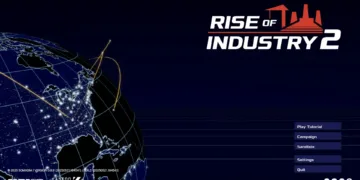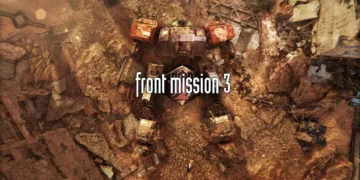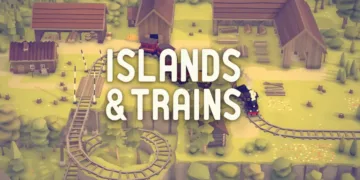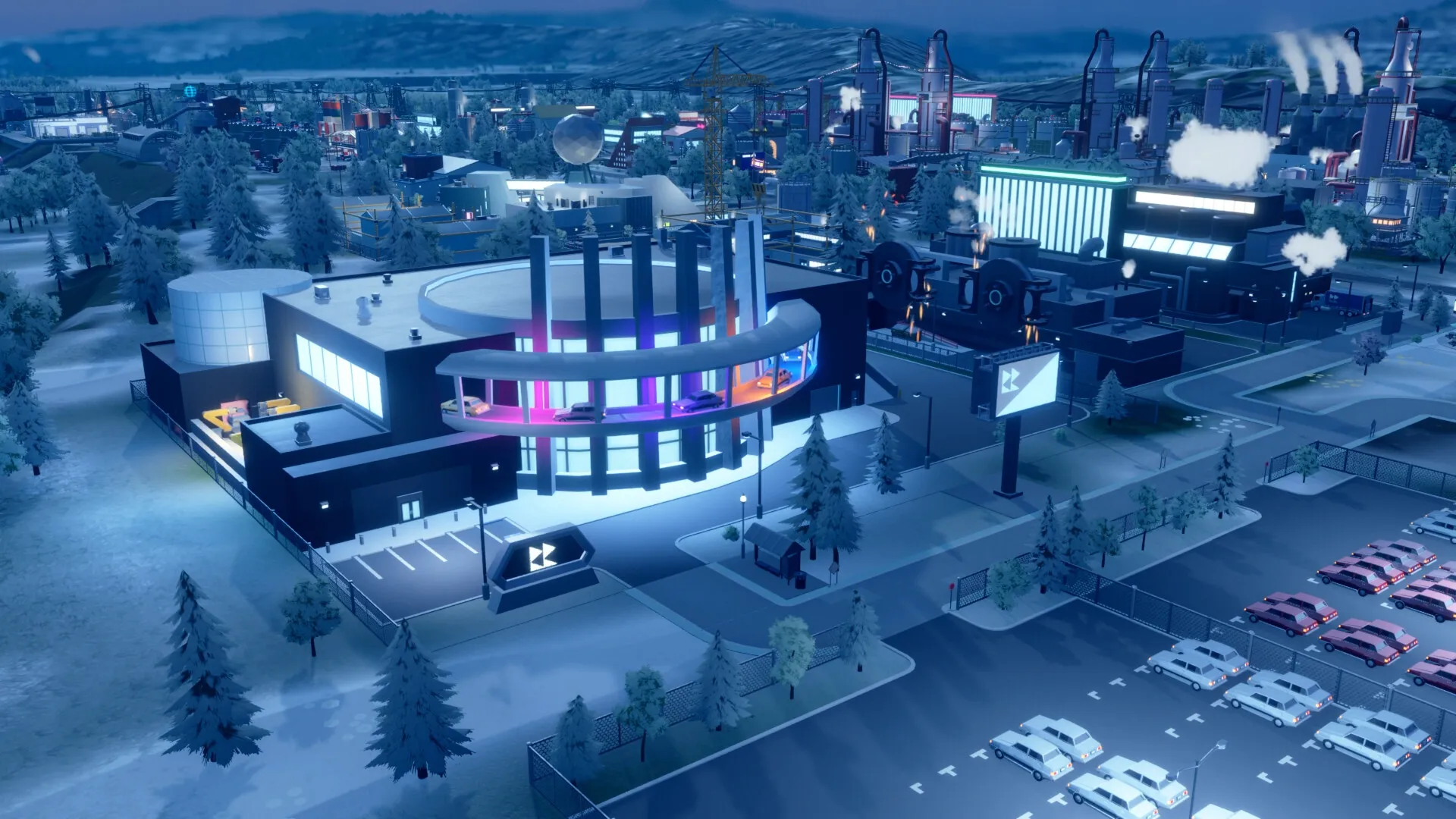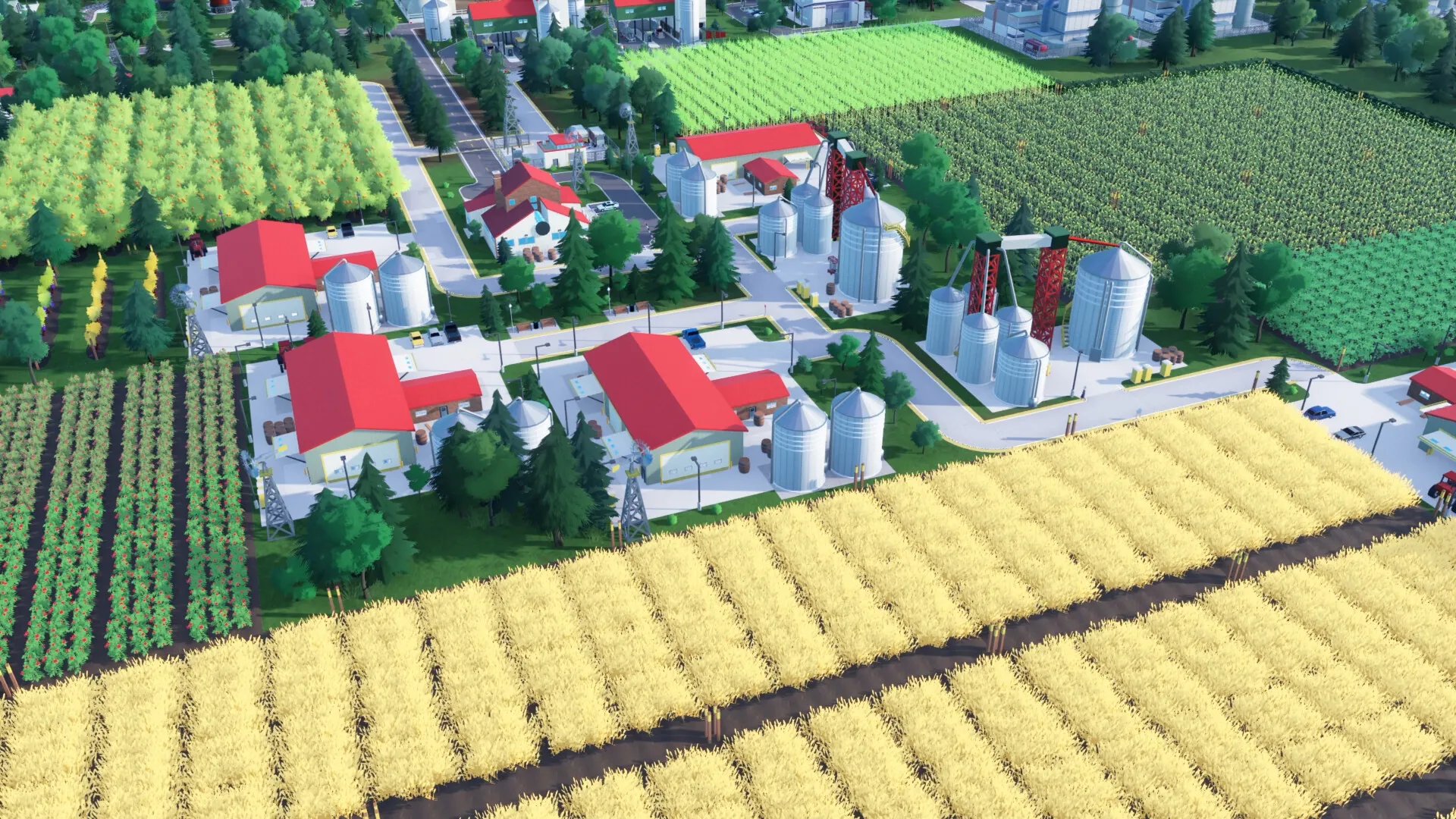Some games hand you a sword and a destiny; Rise of Industry 2 hands you a business plan, a plot of undeveloped land, and the keys to a reimagined 1980s America. The game’s opening feels like unearthing a time capsule. The full-motion video introductions, complete with slightly grainy footage and earnest-sounding executives, have the distinct energy of a corporate training VHS tape from 1985. I
t immediately establishes a specific mood, one that is less about epic fantasy and more about raw, earthly ambition. This is a world of analog technology and bold economic confidence, and you are cast as its newest aspiring tycoon.
Your role is to forge an industrial empire from the ground up, a task that feels both exciting and immense. The game’s clean, low-poly graphics create a world that looks like an intricate tabletop model, a blank canvas waiting for you to bring it to life with steel and concrete.
From the moment you place your first headquarters, you are responsible for a dizzying array of tasks that form the backbone of modern commerce. You must scout the land for raw materials, design and construct intricate factories, and manage the sprawling, delicate web of logistics that holds your entire enterprise together.
The Factory Floor
The act of creation here is intensely personal and granular. This is not a game where you simply select a “factory” from a menu and place it on the map. Instead, you are a designer, an architect of efficiency. You begin by designating a large canvas of land, and within this plot, you piece your facility together component by component.
An administration building goes here to manage operations, rows of specific factory halls are placed over there to handle production, and vast storage depots are needed to hold your inventory. You must carefully snake roads between them for truck access and connect the entire facility to power and water utilities. Every placement feels like a meaningful decision that will have consequences for your future expansion.
This feeling of deliberate authorship extends to the production chains, which are the game’s mechanical heart. Making a seemingly simple product like a cassette tape becomes a fascinating, multi-stage process. It starts with drilling for crude oil, which is then processed in a refinery to create plastic. In parallel, you need paper, which requires a separate chain of logging trees for pulp.
Only then can your media facility combine these intermediate goods into the final product. Watching this entire system that you designed hum along—trucks moving between buildings, chimneys puffing, production numbers ticking up—evokes the same satisfaction as a perfectly timed sequence in a film where a complex plan unfolds flawlessly.
The number of goods is vast, and with different maps offering unique resources, each playthrough tells a different story. You might be a Texas oil baron in one game, a Californian agriculturalist in the next. The system even accounts for waste, forcing you to manage the consequences of your industrial footprint with dedicated disposal routes.
The Art of the Deal
A factory, no matter how efficient, is nothing without a market, and this is where the game creates its most potent and stressful narrative tension. The contract system is the pulsating heart of the experience, a constant source of pressure and purpose.
It’s through contracts that you sell your finished products and, just as critically, purchase the essential materials you cannot produce yourself. Signing a lucrative deal to supply a buyer with thousands of widgets produces a momentary thrill, which is immediately followed by the sobering realization that you now have a promise to keep. These deals are rarely simple, often specifying unusual delivery schedules—like 36 crates every nine days—that force you to do mental math to align your daily production.
The feeling of watching a shipment date approach while your inventory is precariously low is a powerful motivator. Missing a delivery or running out of funds to pay your own suppliers incurs significant penalties, making every financial decision feel weighty.
The logistical side deepens this challenge. A single facility making wine, for instance, requires entirely different storage and loading ramps for its raw grapes (agricultural), its glass bottles (industrial), and its final wine cases (food product).
This turns your factory depot into a complex dance of moving parts that you must choreograph. The challenge is amplified by seasonal production; you can only harvest grapes for part of the year, yet your contracts demand a steady supply of wine year-round, forcing you to stockpile resources to survive the lean months.
Interface and Information
For all its rewarding mechanical depth, the game makes you work hard to understand its systems. Its learning curve is not just steep; it is a sheer cliff face for the unprepared. The tutorial, which is heavy with text boxes that often obscure the very thing they are trying to explain, gives you the basic vocabulary of play but leaves you to learn the complex grammar on your own through trial and error.
Discovering a critical function, like how to establish your own independent water supply, can feel less like a tutorial step and more like a research project. This struggle against the game’s own opaque presentation becomes an early and persistent challenge.
The user interface is dense with data but lacks the simple, elegant tools needed to parse it effectively. You will find yourself wishing for a clear map overlay to visualize your tangled truck routes or a simple, at-a-glance dashboard for a factory’s resource flow.
Instead, debugging a broken production line often involves a tedious process of clicking through multiple buildings and menus. This friction means the experience demands significant patience. It is a game for a specific type of player: the one who finds deep satisfaction in untangling a complex system, who is willing to wrestle with its esoteric language until they become fluent, and who can appreciate the intricate machine ticking away beneath the challenging surface.
The Review
Rise of Industry 2
Rise of Industry 2 is a powerful and deeply complex business simulation, offering immense satisfaction for those willing to master its systems. It successfully creates a high-stakes world of production lines and contract negotiations, wrapped in a charming 1980s aesthetic. However, its rewarding depth is locked behind a formidable wall of a steep learning curve, a dense user interface, and an inadequate tutorial. It's a brilliant game for a very specific, patient player, but its intentional difficulty and lack of guidance prevent it from being a universal recommendation.
PROS
- Incredibly detailed production chains provide a deep challenge.
- Modular factory construction allows for creativity and optimization.
- The contract and logistics systems create engaging, high-pressure scenarios.
- A charming and well-realized 1980s corporate aesthetic.
CONS
- An exceptionally steep learning curve for new players.
- The tutorial is insufficient for the game's complexity.
- The user interface can be dense, cluttered, and difficult to navigate.
- Finding critical information can feel like a chore.
